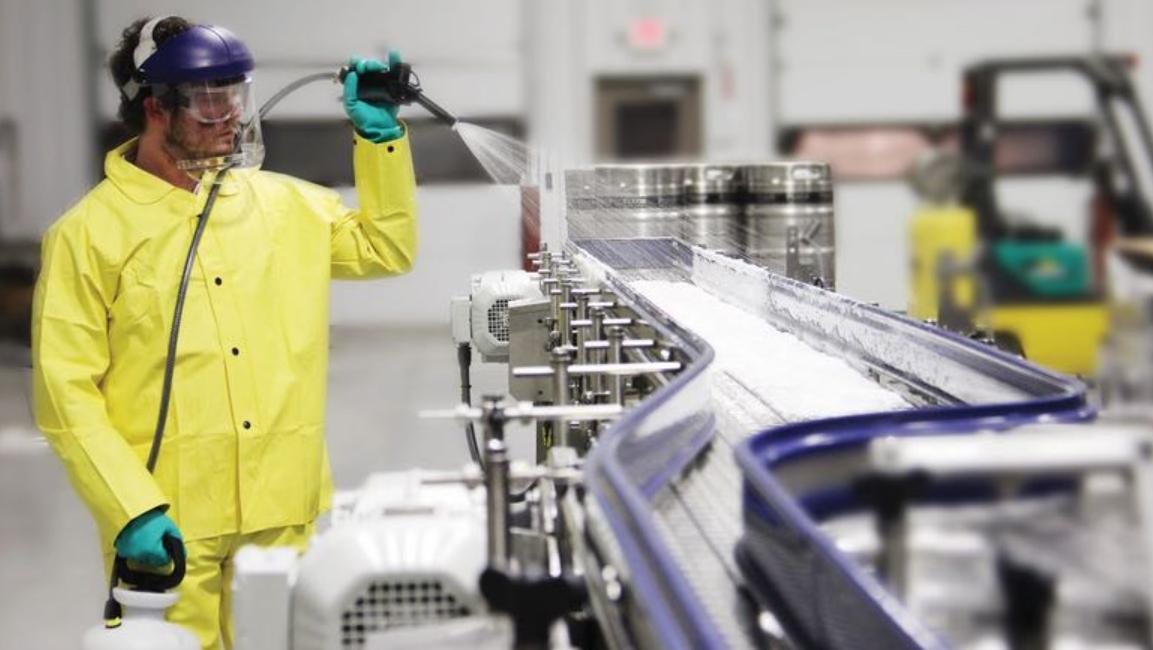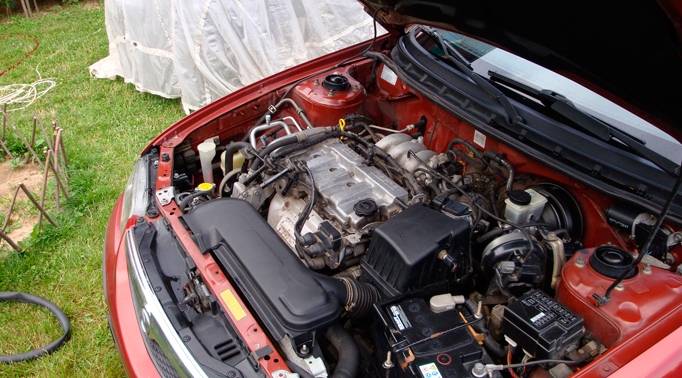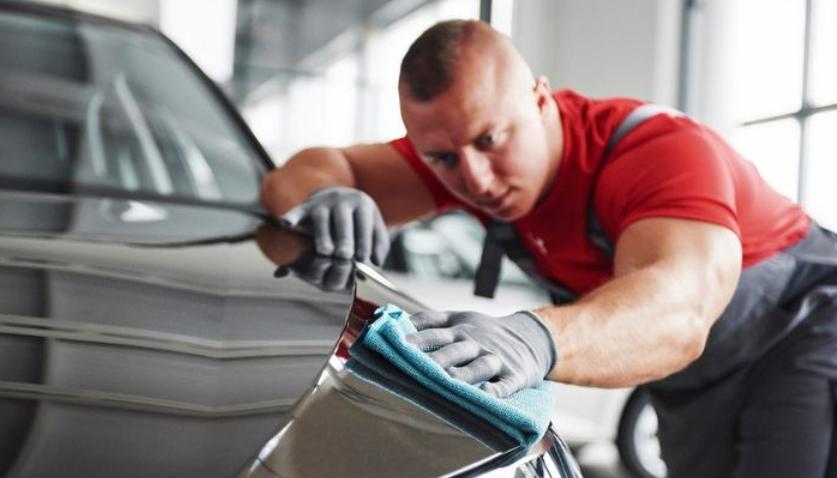
When hot water at temperatures of 85-100°C is introduced for cleaning with a high-pressure cleaner, there is a drastic reduction in bacterial colonies. Employing best practices aggressively when cleaning can improve hygiene by disinfecting high-touch surfaces and common spaces.
Nilsifk (the one of the world’s leading manufacturers of professional cleaning equipment) gives eight pro tips on how to best reduce or eliminate germs step by step for optimal cleaning results:
- Know the application. Before you begin, assess the environment, as well as any dirt and bacteria potentially present. Ask questions such as: “Does the environment allow the use of hot water pressure washers, considering the large amounts of water and exhaust gases?” Also, for the full cleaning protocol, ask, “What disinfectants will I need at the end of the cleaning process?”
- Evaluate the best cleaning parameters. Depending on the types of dirt and surface, evaluate the optimal levels of water flow and pressure: high flow and medium pressure for the most superficial dirt, and higher pressure levels for the most difficult, stubborn and encrusted dirt.
- Choose the appropriate temperature levels. In the case of the reduction of bacteria and germs, the highest temperatures are those that serve to break them down. In general, temperatures of 85-100°C will quickly allow a drastic reduction in bacterial colonies, although only temperatures close to 155°C will kill many germs completely. Therefore, you will need to turn the cleaning temperatures up to maximum levels to begin the disinfection process. For example, Covid-19 is eliminated at a rate of 10,000 units per 30 minutes at a temperature of 56°C. With this cleaning duration and required temperature, a hot water unit alone will not be efficient. Add a detergent.
- Choose the right detergent for the job, and prepare the surface. Be sure to select a complementary detergent to help fight germs. Local and regional health organizations often recommend the right ingredients for each task. Soak surfaces with detergent to break down tough layers of residue and dirt.
- Rinse surfaces with hot water or steam. Rinse off detergent and power wash surfaces to completely remove all layers of dirt and debris. Hot water increases cleaning efficiency and increases the disinfecting effect. Some units can heat water to 140°C to vaporize it, allowing for wet steam pressure cleaning. This process can partially sterilize surfaces.
- Apply disinfectants. Hot water is not sufficient for disinfection, although it can generally reduce bacteria counts with sufficient exposure time and temperature. It is necessary to finalize the cleaning protocol with a disinfectant. Choose the disinfectant according to local legislation, and according to the type of bacteria that must be eliminated.
- Get the right end tools. The right accessories ensure optimal, effective and efficient cleaning the first time. Consider purchasing lances, nozzles and sprinklers.
- Let dry. Allow surfaces to dry before allowing animals or people to pass through again for hygiene or safety reasons.


